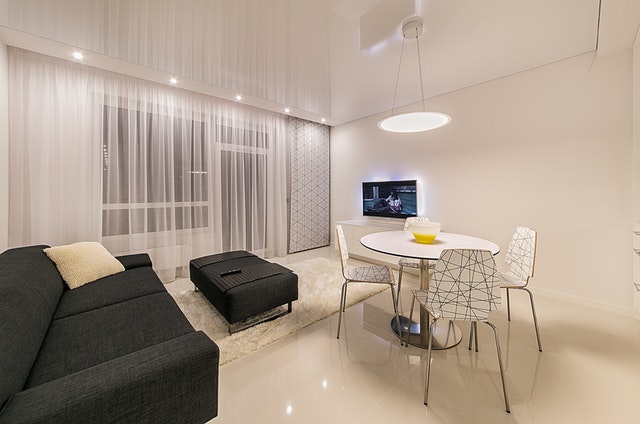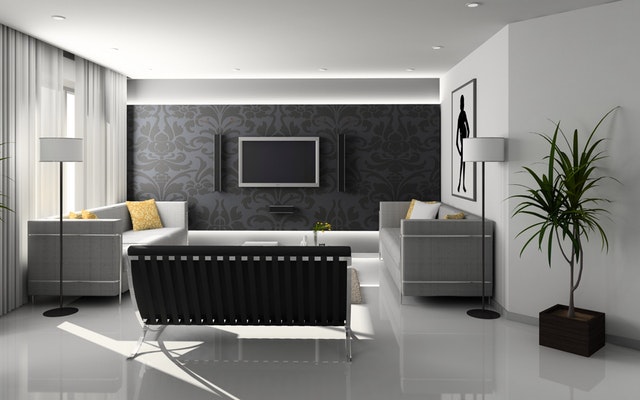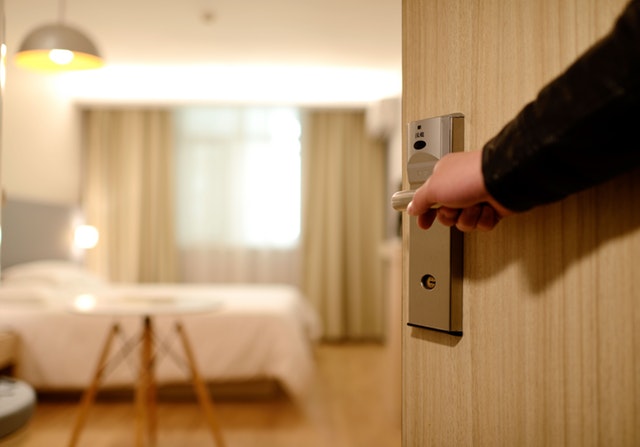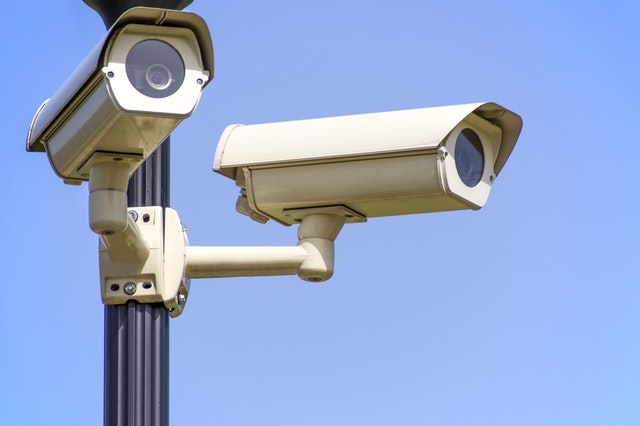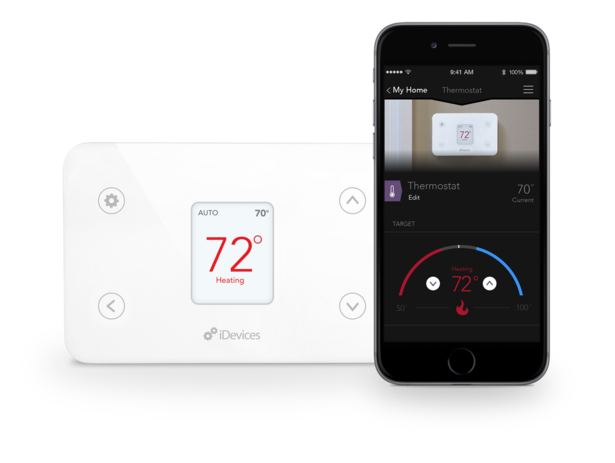Smart home? Now that is a smart idea...
It's your home, feel free to tell it what to do.
However, it might just talk back.
All from the touch of a button.

What is a Smart Home?
A smart home is one in which the various electric and electronic appliances are wired up to a central computer control system so they can either be switched on and off at certain times (for example, heating can be set to come on automatically at 6:00AM on winter mornings) or if certain events happen (lights can be set to come on only when a photoelectric sensor detects that it's dark). A plug-in Smiths time switch for controlling ordinary home appliances. Most homes already have a certain amount of "smartness" because many appliances already contain built-in sensors or electronic controllers. Virtually all modern washing machines have programmers that make them follow a distinct series of washes, rinses, and spins depending on how you set their various dials and knobs when you first switch on. If you have a natural-gas-powered central heating system, most likely you also have a thermostat on the wall that switches it on and off according to the room temperature, or an electronic programmer that activates it at certain times of day whether or not you're in the house. Maybe you're really hi-tech and you have a robotic vacuum cleaner that constantly crawls around your floors sweeping the dust?
WATCH VIDEO
